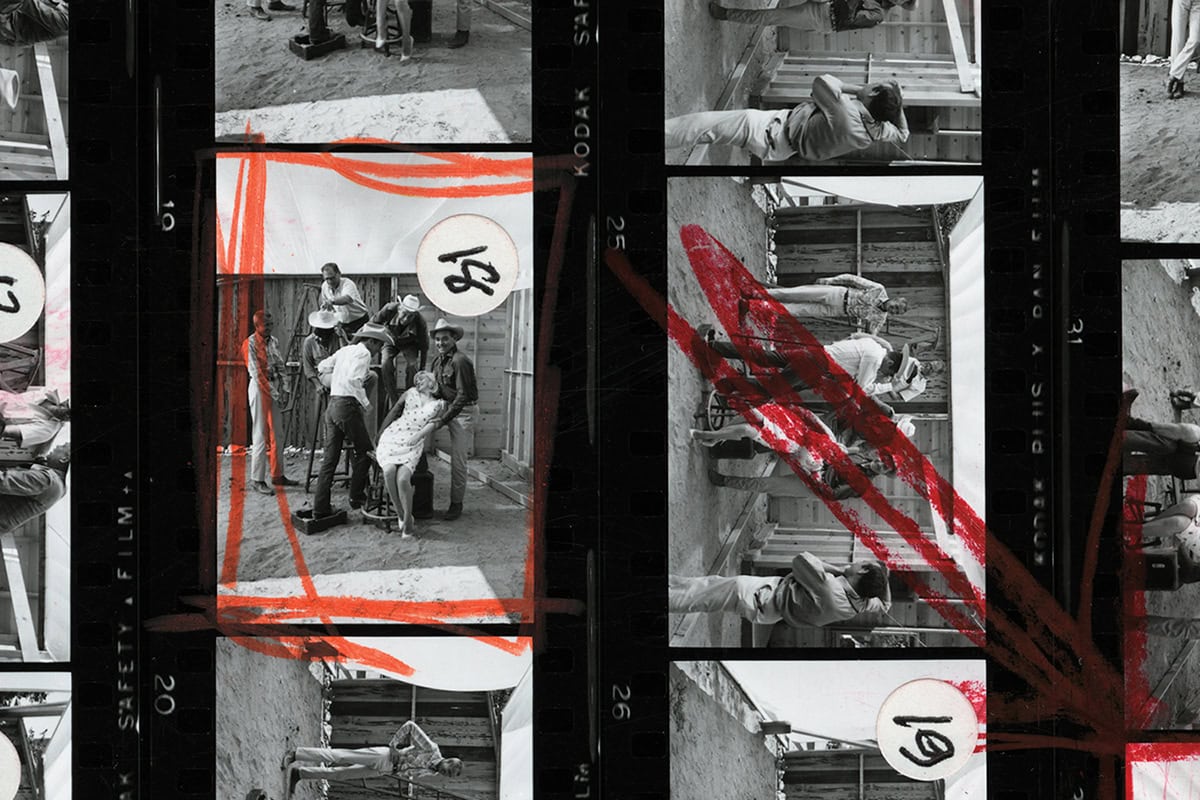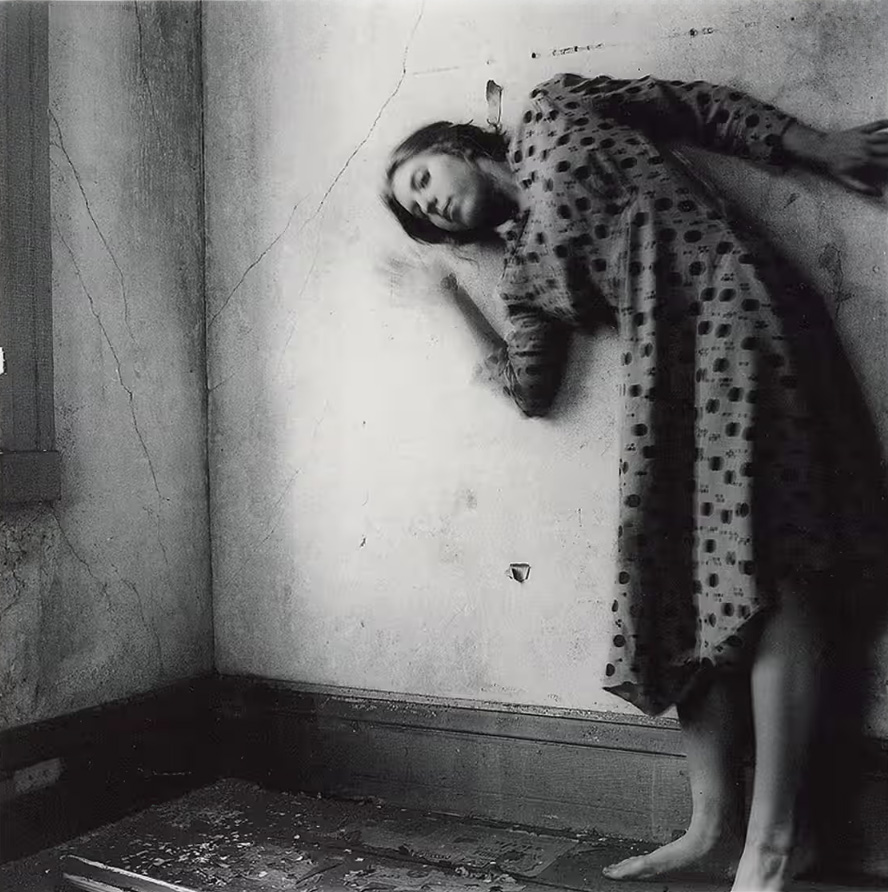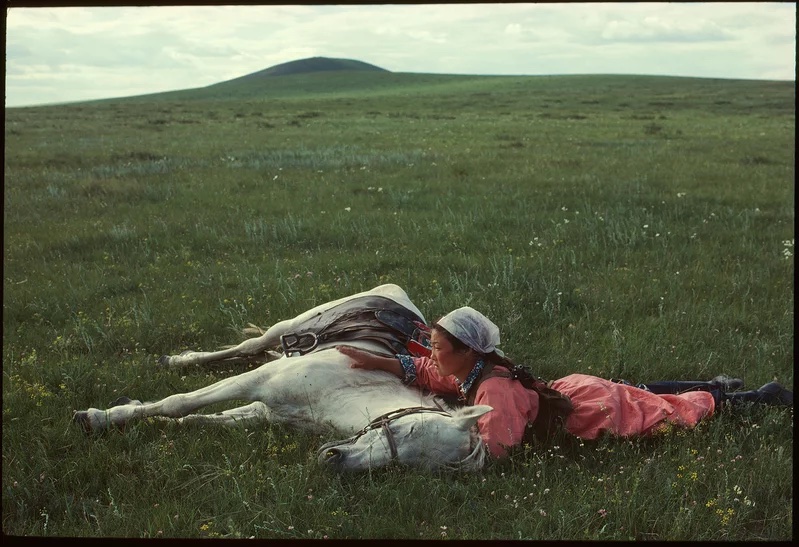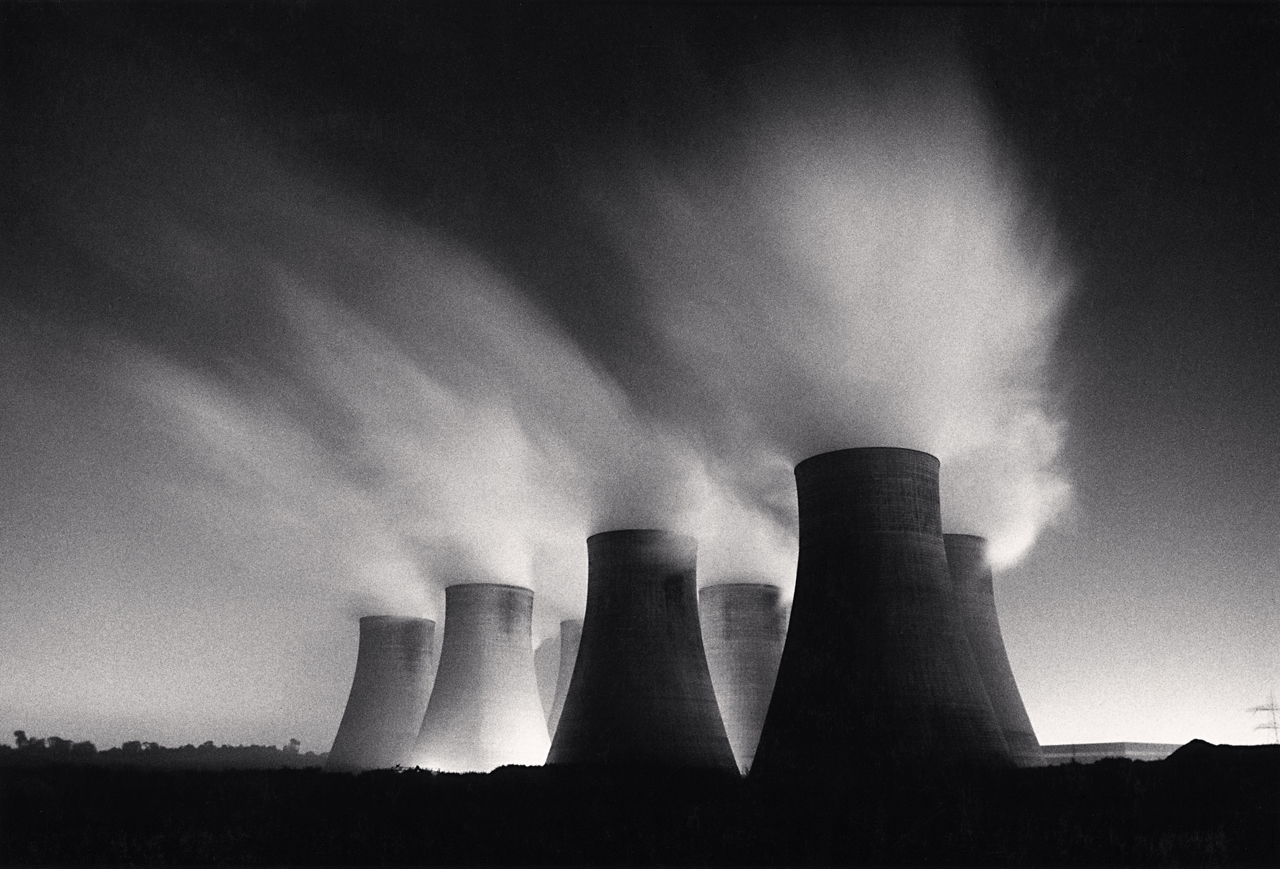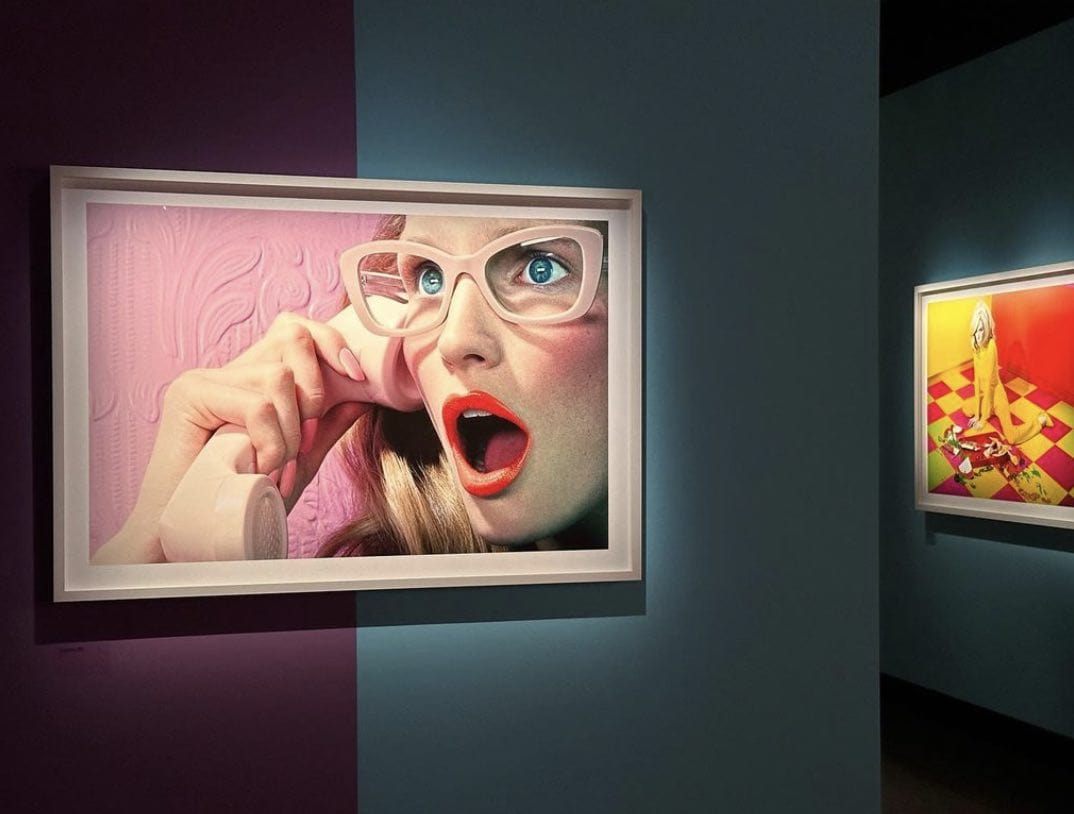Understanding Editions: From APs to HCs
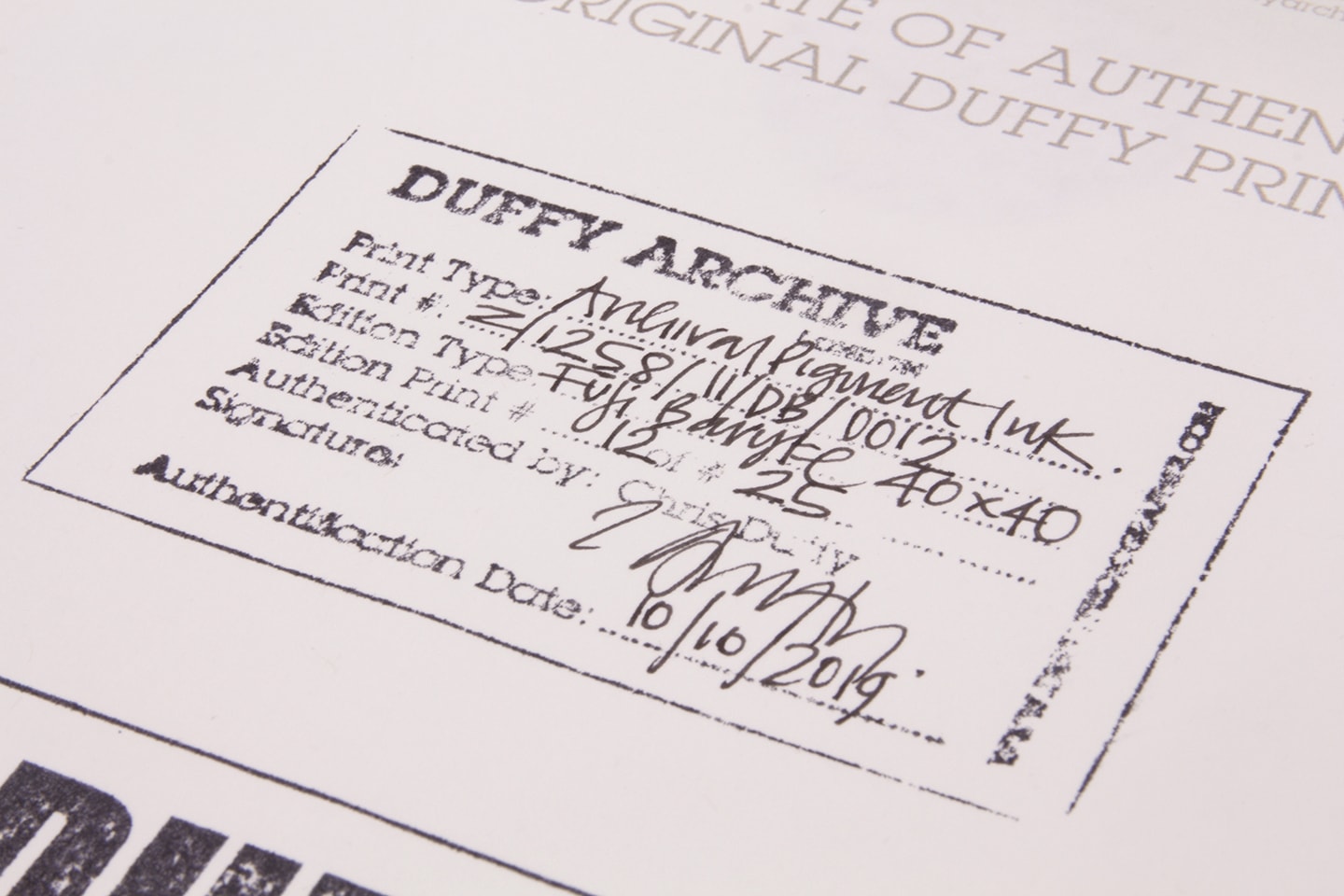
22nd September 2023
Editions have a historical lineage that predates the emergence of the photographic art market. Initially, editions served the purpose of assigning numerical values to the production of all replicative art, such as books. When navigating today’s market, you are likely to come across an array of introspective terminology, such as edition acronyms, that are useful to understand. Artsy published this article on the subject which you can access here. But below, we’ve outlined all you need to know in relation to photography:
Limited Edition:
Limited edition means there is a limited, set number of prints available. The photographer has decided on the size and number of an edition, and each print within the edition will be identical in terms of quality and size.
Print Edition:
A print edition is the total number of impressions from a given print, otherwise known as the edition size.
Numbered Print:
The numbering of a print takes the form of a fraction. It shows the number of the print and the total number of prints in the edition, for example 2/10 means the print is number 2 within an edition of 10. Limited edition prints are usually numbered in pencil to reduce the risk of fraud, as it can’t be traced by a computer.
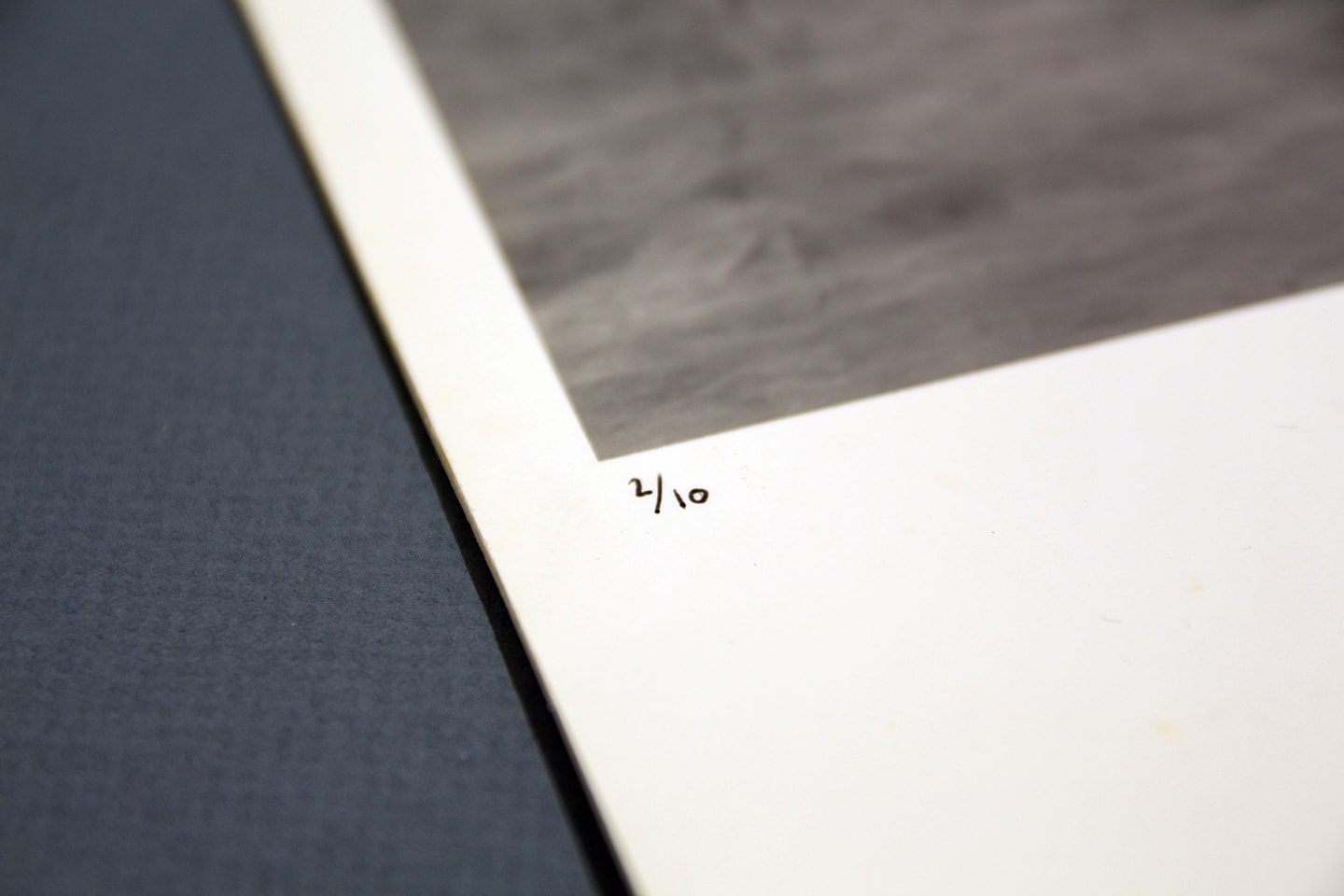
Artist Proof (AP):
An artist often creates AP prints as a working trial. APs are often printed first to allow the photographer to inspect the print for colour accuracy, sharpness, and overall quality. This ensures that the final edition prints meet the artist’s standards. The number of Artist Proofs produced can vary, but they are usually a small fraction of the total edition size. Due to their restricted supply, and that they are likely to have an element of originality (such as annotations or different colours) it is more desirable to own an AP. This is often reflected in the price, as they are usually priced slightly higher than the normal edition.
In the early days of printmaking when technology was less advanced, the first prints of an edition were often of a higher quality. Even though these first prints were technically ‘proofs’, the artist would usually keep these prints for themselves. Now that printing technology has advanced, the quality of a print is no longer a concern and each print edition is identical. Today, artists may still hold back Artist Proof’s for their personal collection, but APs are usually exactly the same as numbered copies of the print.
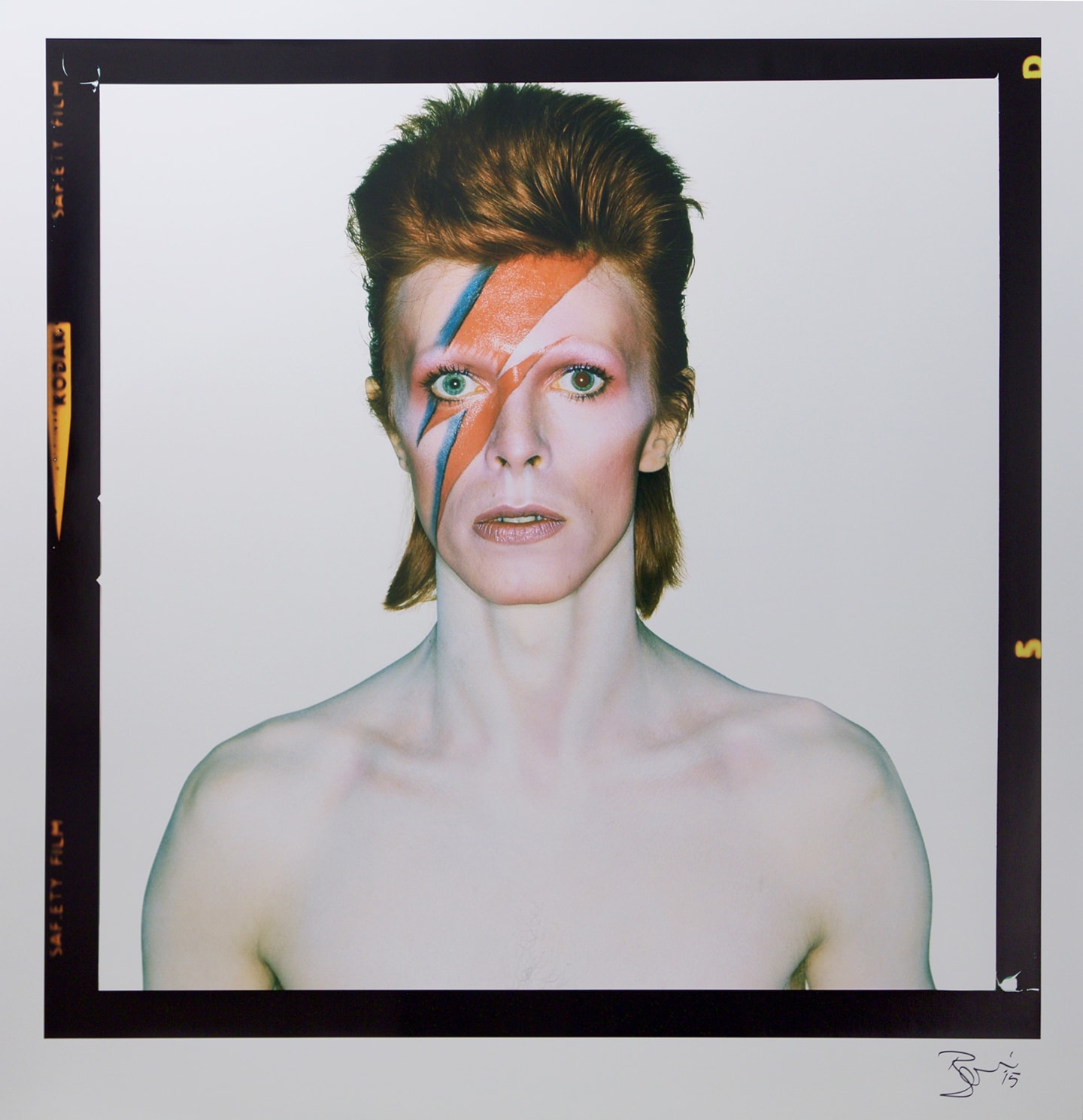

Printers Proof (PP):
A Printer’s Proof is a print given to the printer to thank them for their work. The number of PPs in an edition depends on how many craftsmen were involved in the production. PPs are similar to APs in that there are fewer of them. However, PPs are normally even rarer than APs, which makes them slightly more expensive. APs and PPs are both numbered in the same way, for example 1/5 AP and 1/5 PP.
Final Proof (BAT):
The final proof of a print that the artist approves and wants the rest of the edition to look like. It is argued that the final proof is more prized than the artist proof because there is only one.
Hors Commerce (HC):
Hors Commerce translates to ‘out of trade’ in English. HC’s and AP’s are very similar, except HC’s are only available directly from the artist. An HC is given as a gift to the artist for allowing the publisher to print their images. Of all the special prints, the HC’s are the most valuable, since they are more rare.
